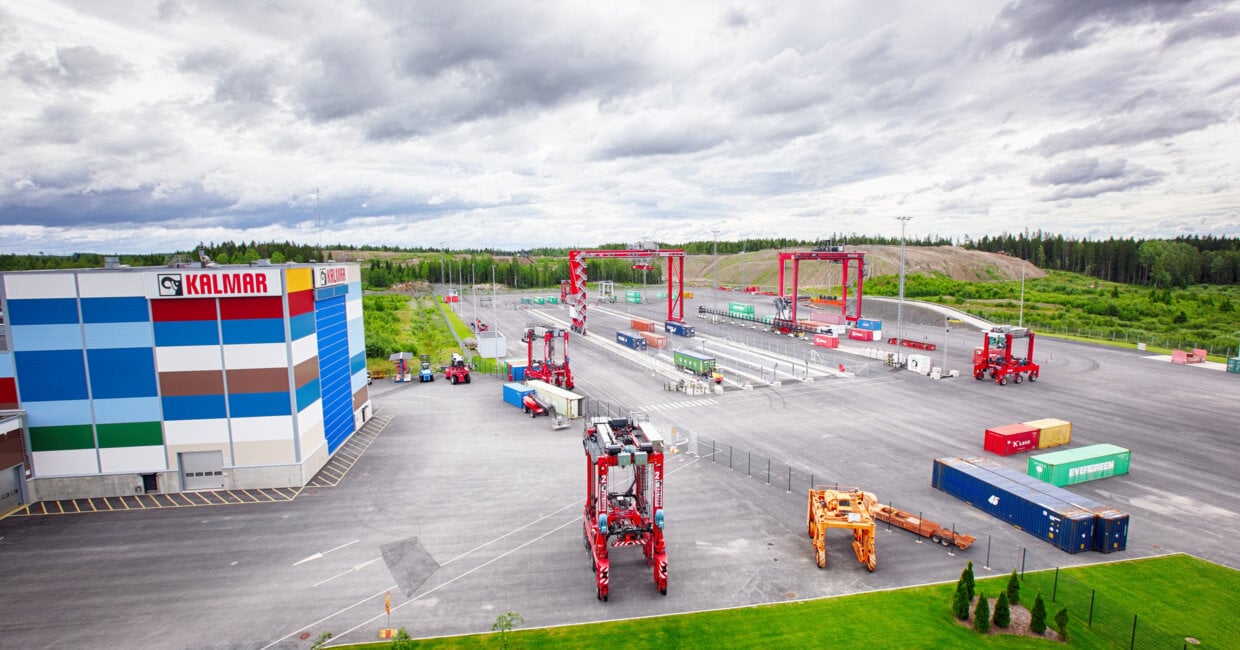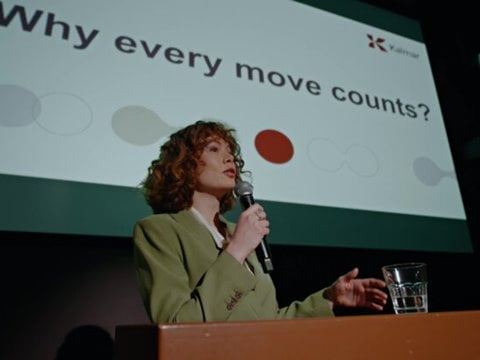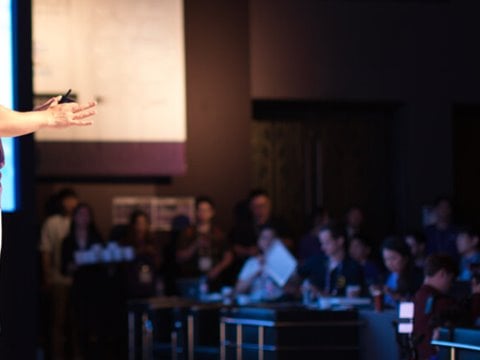
Outstanding system design makes terminals safer
Thanks to meticulous and innovative system design, there is no trade-off between safety and high productivity in Kalmar’s equipment and systems.
A container terminal is a hazardous workplace. According to recent TT Club statistics, in the busy industrial port environment, 85% of the cost of major injuries and fatalities are caused by vehicles and heavy equipment.The vast majority of these incidents are caused by human error. Automation plays a key role in improving safety at complex terminals but requires detailed design to accomplish this mission.
The easiest solution to prevent accidents would be to deny people access to the area where unmanned machines operate. However, that is not a viable option as there are always interfaces between manual operations and automated machines that require human maintenance.
Numerous solutions, such as optical sensors, motion limits, fences and access control systems, provide tools to ensure occupational safety. These solutions require precise and comprehensive system design.
“Kalmar boosts safety by integrating functional safety engineering into systems in the early phase of their development. This provides a controlled way to reduce accidents and incidents along the system life cycle. The approach includes processes both in-house and with the customer, a collaborative mindset, and practical steps towards safe design,” says Anne Happonen, Director, Risk and Safety, Kalmar.
All possible risks identified and mitigated
“The starting point in designing safety is to focus on the complete system instead of individual machines. You need to define the operational requirements placed on the system and determine various safety functions based on identified risks,” says Pekka Yli-Paunu, Director, Research, Automation and Projects Division, Kalmar.
This is why every Kalmar system delivery is preceded by an Operational Hazard Analysis. A cross-functional team goes through system safety dependencies. There are safety workshops with the customer to understand the complete process as well as all use cases and operational requirements at each particular terminal. For example, what happens when a service staff member tries to enter an area where unmanned vehicles move around? How does he or she get into the area? What information does the safety system need to allow entry? Which machines must be frozen and which can continue operating? The checklist of questions and answers must cover the whole process and the safety aspects down to the smallest detail.
“Each system and its safety functions are tailored according to customer needs."
The target of this detailed risk analysis is to identify all possible hazards with regard to the unmanned traffic and define how the risks can be avoided or mitigated as much as possible. Once the Operational Hazard Analysis has been completed, important safety decisions must be made. They have to be well justified and carefully documented in case there are accidents or incidents later on. With nearly 20 years of experience in automating terminals, Kalmar knows well how to deal with the challenges.
“Each system and its safety functions are tailored according to customer needs. There is no one system that would suit all customers as terminal layouts and machinery are different. Laws and regulations around the world are different, too. Copypasting safety concepts is not always possible,” Happonen points out.
Safety reduces costs and improves image
Safety requirements for terminal operations are constantly changing. The Operational Hazard Analysis provides terminal operators with significant benefits when they draw up their own occupational safety plans for local authorities, giving them one thing less to worry about.
“We don’t want to distress terminals with a highly detailed hazard analysis. On the contrary, we provide them with a tool that helps them. Fewer accidents and lower insurance costs lead to increased safety and also to higher productivity. This all improves the terminal’s image, too,” Happonen adds.
Overall, safety is a feature that no terminal operator needs to order separately from Kalmar. Rather than being a nice-to-have perk, it is a must-have feature that comes with the Kalmar standard delivery.
Related articles
Subscribe and receive updates in your email
Subscribe













